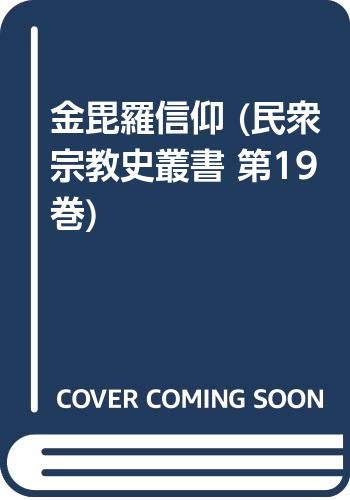2 0 0 0 OA 家元制度 : その形成をめぐって
- 著者
- 守屋 毅 モリヤ タケシ Takeshi Moriya
- 出版者
- 国立民族学博物館
- 雑誌
- 国立民族学博物館研究報告 = Bulletin of the National Museum of Ethnology (ISSN:0385180X)
- 巻号頁・発行日
- vol.4, no.4, pp.709-737, 1980-03-25
This article examines the iyemotos ystem, focusing on its historicaldevelopment. In chapter I the difference between personaland individual iyemoto and the iyemoto system as an organization orinstitution is discussed. Then the various usages of the wordiyemotoi n the literature of Edo period are examined. In chapter IIpopularization of performing arts is discussed from the followingaspects: (1) the spread of aesthetic pastime in chonin (townsmen)society: (2) the enlightenment of performing arts and publicationof secret traditions; and (3) the appearance of masters in town.This chapter attempts to clarify the situation which led to theformation of the iyemoto system. In chapter III activities of theiyemoto itself which preceded the formation of iyemoto system arediscussed, mainly focusing on: (1) dependence on the Tokugawafeudal system; (2) the establishment of iyemoto in Kyoto; and (3)the legitimization of iyemoto. That particular iyemoto retainedsupremacy over the others is pointed out. In chapter IV organizationalmethods adopted by the iyemoto are discussed. Thesemethods are: (1) systematization of 'aesthetic pastime' populationand natori (accredited master) system; (2) renovation of curriculumfor educating the public, and the awarding of a diploma; (3)iyemoto and the right of issuance of a diploma; and (4) renewal ofthe charisma of iyemoto. In chapter V changes in methods ofperformance incidental to the formation of the iyemotos ystem arereferred to, such as: (1) the seven special ceremonies of the Senkefamily in the tea ceremony; (2) the change from rikka to ikebanain flower arrangement; and (3) the emergence of utai chanting inthe noh play. The relationship between the formation of theiyemoto system and the popularization of performing arts is speculatedon. The article concludes with a discussion of wholely futuredevelopment of the iyemoto system.
2 0 0 0 IR 家元制度 : その形成をめぐって
- 著者
- 守屋 毅
- 出版者
- 国立民族学博物館
- 雑誌
- 国立民族学博物館研究報告 (ISSN:0385180X)
- 巻号頁・発行日
- vol.4, no.4, pp.709-737, 1980-03-25
